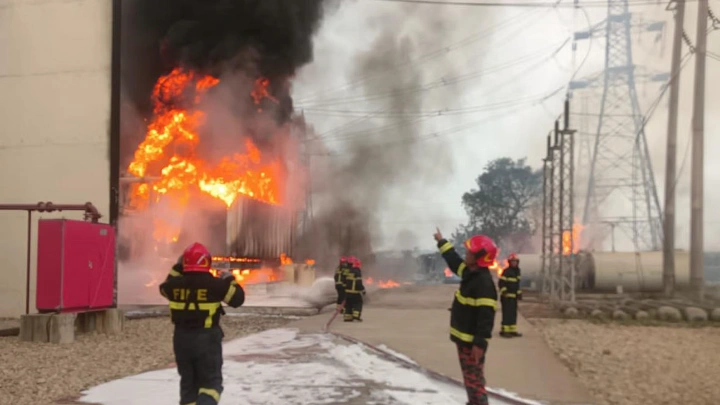U.S. efforts to replenish reserves and supply worries boost oil prices.
Reuters || Shining BD
Oil prices rose for a second day on Tuesday, boosted by the United States' plans to buy oil for its Strategic Petroleum Reserve (SPR) and raging wildfires in Canada, whiOil prices rose for a second day on Tuesday, boosted by the United States' plans to buy oil for its Strategic Petroleum Reserve (SPR) and raging wildfires in Canada, which fueled supply concerns.ch fueled supply concerns.
A slew of weaker-than-expected Chinese data suggested a slowing economy, but the market instead focused on higher refinery throughput in the world's second-largest oil consumer.
Brent crude futures were up 30 cents, or 0.4%, to $75.53 a barrel by 0417 GMT, while West Texas Intermediate crude was up 27 cents, or 0.38%, to $71.38 a barrel.
Both benchmarks rose more than 1% on Monday, reversing a 3-session losing streak.
The U.S. Department of Energy said on Monday it would buy 3 million barrels of crude oil for the SPR for delivery in August, and asked that offers be submitted by May 31.
"The market got a boost from expectations that the U.S. repurchase of oil for the strategic reserve will continue if WTI prices fall near or below $70 a barrel," said Toshitaka Tazawa, an analyst at Fujitomi Securities Co Ltd.
"Behind the gain was also some bargain-hunting by some investors after the recent sharp declines," he explained.
According to data released on Tuesday, China's oil refinery throughput increased 18.9% year on year in April to the second-highest level on record. learn more
"Demand in China is showing signs of improvement." "Transportation data show an increase in car usage, while international air travel is increasing," ANZ analysts wrote in a note.
Brent and WTI futures fell for the fourth week in a row last week on fears of a US recession and a historic default on government debt in early June. In September 2022, the benchmarks experienced a similar run of weekly declines.
Oil prices rose on Tuesday as a result of supply concerns caused by wildfires in Canada.
At one point, the widespread fires in Alberta, Canada, forced more than 30,000 people from their homes and shut down at least 319,000 barrels of oil equivalent per day (boepd), or 3.7% of national production.
Global crude supplies may also tighten in the second half as OPEC+ (the Organization of Petroleum Exporting Countries and its allies, including Russia) plans additional output cuts.
On the other hand, data from the Energy Information Administration show that U.S. oil output from the seven largest shale basins is expected to reach a record high in June.
Analysts are cautious about the current price recovery's momentum.
"With so much uncertainty surrounding the macro environment, the lack of any strong signals from the physical market is likely to see oil prices remain under pressure," ANZ analysts concluded.
According to CMC Markets analyst Leon Li, the global macroeconomic situation and Europe's energy demand-supply fundamentals will be key price drivers in the second half of 2023.
Shining BD





































